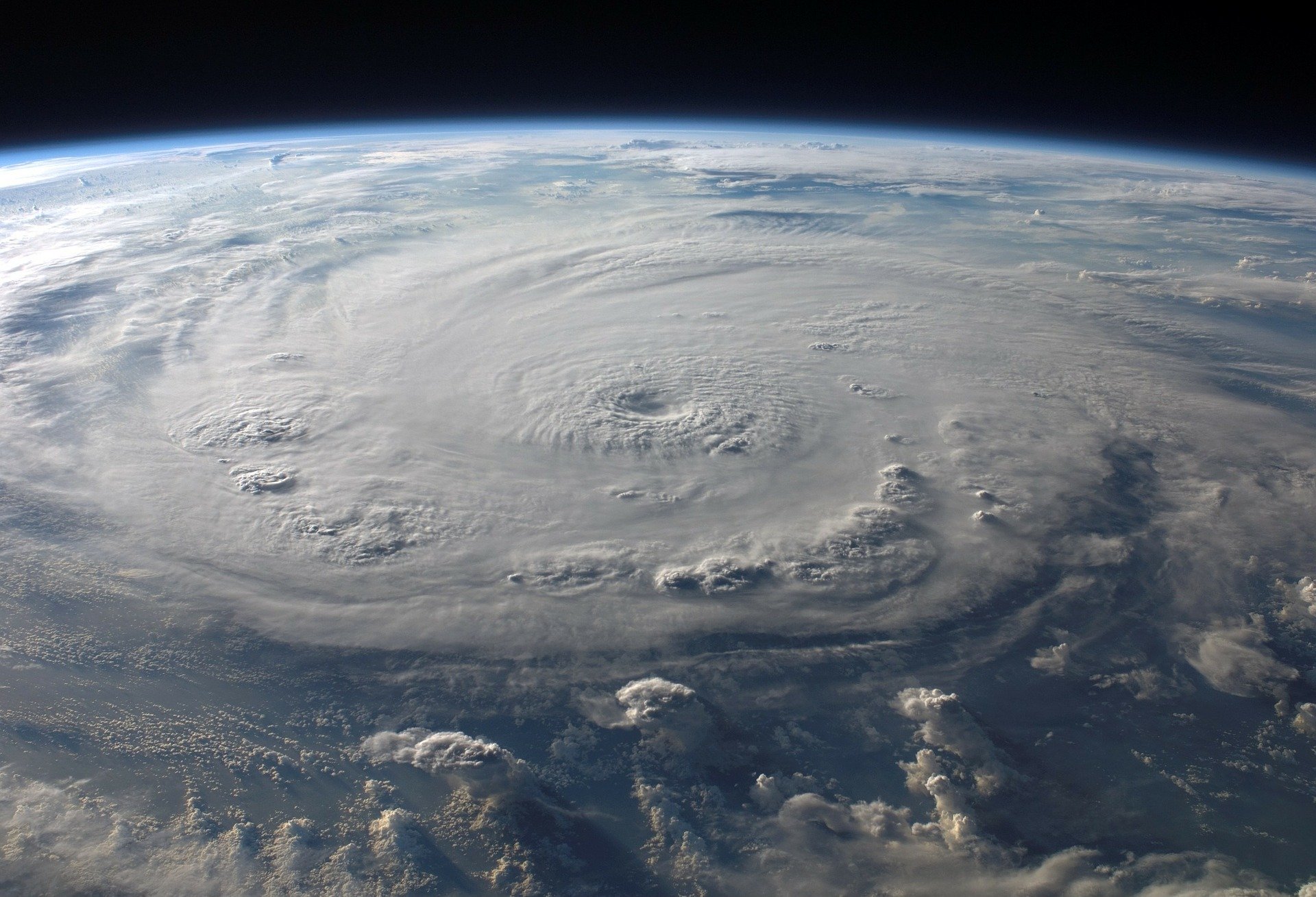Important ways to get a headstart on preparing for hurricane season in Florida.
By Kayla Ziadie
As quick as it left, hurricane season is finally back. For most Floridians, hurricanes mean block parties, dusting off last year’s shutters and stocking up on copious amounts of beer and hard seltzers (Claw is law, no?).
Despite only being a month in, we still have four more months for hurricanes to form, with the typical peak being late August and September. The forecasters at the NOAA’s Climate Prediction Center have even warned about an above-normal 2020 Atlantic hurricane season.
All Floridians need to be fully aware of the importance of preparing for hurricane season in advance. To save you time, we’ve compiled three ways you can start getting ready for Florida’s hurricane season. Ready? Let’s dive into them.
Create an emergency evacuation plan
No matter where you live in Florida, it’s crucial to keep an eye out on where the storm will hit and its proximity to you. Even if you’re not close, it can switch trajectories in a flash—throwback to Hurricane Dorian sliding past its original targets of Broward and Dade and into Palm Beach County. Thanks to the uncertainties hurricanes offer, you should always have a plan of action in case authorities order you and your family to leave.
First, make sure you have a family member or friend that lives in an area you can safely evacuate to. If you choose to stay in your city, find hurricane shelters where you live that allow pets (if you have them). Second, fill your cars with a full tank of gas. Many gas stations will be closed as a hurricane approaches, and you don’t want to be caught in back-to-back traffic with a quarter tank. Finally, be ready in case you decide not to evacuate after all. This includes putting up shutters, bringing outdoor furniture inside, and taking cover downstairs in a room free of exterior windows and doors.
Stock up on basics for a three-day disaster supply kit
It happens every year, including the Great Toilet Paper Shortage of 2020 thanks to COVID-19. A tropical storm will be on its way to hit Florida head-on, but nobody takes it seriously. But the moment it strengthens to a Category 3, every grocery store check-out line has a two-hour wait, essentials are wiped out and price gouging is through the roof. Starting now, stock up on non-perishables to add in a disaster preparedness kit.
This includes water, canned goods, crackers, cereals, and other snacks you can keep on-hand that won’t go bad. Each family member should have at least one gallon of water to last three days in case you’re stuck at home without power or evacuating in a shelter. And please, be environmentally responsible and avoid getting cases upon cases of individually packaged water bottles. Other items that should be in your disaster supply kit are:
- Personal documents (your SSN card, identifications, important papers, insurance policies, etc.)
- Prescription medications
- Personal hygiene items
- Milk, food, diapers and proper supplies for babies and infants
- Cash
- First-Aid kit
- Multi-tool and a knife
- Plastic utensils, plates and cups
- Can opener
- Flashlights and extra batteries
- A battery-powered or hand-cranked NOAA weather radio
- Duct tape
- Whistle
- Portable phone chargers with a backup battery
- Sleeping bags and blankets
- Local maps
Another important factor to take into consideration is making sure your insurance coverage is up to date. Contact your auto insurance if you own a car, and consider moving your vehicle to a safe parking garage. Homeowners should also contact their home insurance providers and see if they should invest in flood insurance. Renters, if you read your lease, you should be well aware of the coverage your apartment covers versus what you’re responsible for covering. For both homeowners and renters, don’t wait until there is an active storm to make sure this is up to date as many companies won’t even issue you a policy while there is an active hurricane spiraling your way.
Have a hurricane plan for your pets
Our furry friends are family, too. Like we mentioned before, if you choose to evacuate to a hurricane shelter, confirm it’s one that allows pets. Evacuating with a pet is a smoother process when they are comfortable being held in their carrier, walking on a leash and experiencing different situations.
Don’t forget to have a mini emergency kit for them, too, which will include food and water for three days; a two-week supply of prescription medication; and their vaccination history.
Preparing for a hurricane in advance can feel like an unnecessary hassle. But as accurate as meteorologists and weather experts are, nobody can ever determine the strength and power of a hurricane until it makes landfall. In the words of Benjamin Franklin, “An ounce of protection is better than a pound of cure”—especially when it comes to hurricanes.













